Way of St Cuthbert
PILGRIMAGE UK: HOLY PLACES

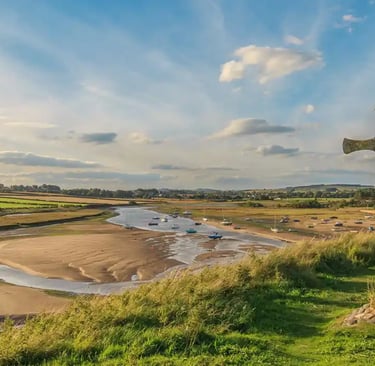
There is something ineffably stirring about setting forth on a journey that has been trodden by generations of devoted souls before you. The Way of St Cuthbert, a celebrated pilgrimage route stretching roughly 100 kilometres from Melrose Abbey to Holy Island (Lindisfarne), is more than a mere physical trail – it is a living corridor through time, a pathway that encapsulates the spirit, history and natural splendour of early English Christianity. As you embark on this journey, you soon discover that every step is imbued with a subtle reminder of the sacred, and every vista offers a glimpse into the mystique of a lost, yet enduring, spiritual world.
Your pilgrimage finds its poignant beginning at Melrose Abbey, a site where the early monastic life took root in the rugged Scottish Borders. Here, in the quiet cloisters and beneath the ancient arches of the abbey, the memory of St Cuthbert’s formative years is ever-present. It is here that the saint – whose piety and humility transformed him into one of the most venerated figures of the seventh century – first embraced the ascetic life. In the tranquil ambience of Melrose, the air seems to carry the faint strains of Gregorian chant, and you cannot help but feel that your own heart is being called to a higher purpose.
From Melrose, the route ascends and descends through gentle hills and meandering valleys, following ancient pathways that have long prefigured the modern trail. The physical exertion required to traverse this variable terrain is matched by a parallel spiritual journey. The landscape itself becomes an active participant: rocky outcrops, murmuring streams and vast expanses of heather and farmland contribute to a dialogue between nature and the human spirit. With each upward climb and every moment of repose under the boughs of an ancient oak, you are reminded that the pilgrimage is as much about the inner journey as it is the outward one.
As you progress along the Way of St Cuthbert, you begin to encounter sites that provide tangible evidence of the enduring legacy of Celtic Christianity. Winding through rolling fields and dotted with quaint villages, the route hints at how the spiritual energy of the past has shaped this very part of the land. The countryside, resplendent in its lush greenery and punctuated by bursts of wildflowers, serves as a timeless backdrop for reflection, prompting the pilgrim to consider how the virtues of simplicity and perseverance admired by the early saints remain relevant today.
At various points along the way, the pathway intersects with ancient roads, some of which were once the thoroughfares for humble monks and travelling evangelists. Along these historic tracks, local legends and fragments of old stone markers quietly testify to a time when the spread of Christianity depended upon the relentless faith of those who traversed rugged distances. As you ponder these remnants of a bygone era, you are drawn into the deep narrative of Saint Cuthbert’s life—a narrative that embodies the strength, humility and wonder of the early Church in Northern Britain. His story, replete with miraculous healings and transformative visions, lives on not merely in manuscripts or relics, but in the very spirit of the route itself.
The beauty and challenge of the route is further enhanced as you approach the border between Scotland and England. Here, nature’s drama is on full display. The pathway skirts along the gentle course of a river, passes through glens awash with mist and ascends to vantage points where you can gaze out over the expanses of the Cheviot Hills. The interplay of light and shadow across these ancient lands invites you to pause, reflect and renew your determination. Every rock, every tree seems imbued with the weight of centuries, urging you to consider the fleeting nature of human endeavours in contrast with the vast, enduring canvas of the natural world.
A particularly moving moment arises when you contemplate the duality of the pilgrimage – the contrast between solitude and the sense of communal anticipation. For many, the Way of St Cuthbert is a solitary meditation, an opportunity to disconnect from the clamor of modern life and reconnect with one’s own inner truth. In these solitary moments, when the only sound is the rhythmic cadence of your footsteps along ancient paths, you may find that deep, unspoken prayers emerge from within. The very act of walking, under vast skies and amidst wilderness, becomes a meditative ritual – a deliberate surrender to the flow of time and the mysterious guidance of the divine.
Yet, the Way of St Cuthbert is also a journey not undertaken in isolation by all. Along the trail, especially as you approach its latter stages, you may encounter groups of pilgrims united in a shared quest for spiritual renewal. In these communal gatherings, the centuries-old tradition of pilgrimage finds new expression. The sound of collective footsteps, the exchange of quiet greetings and the shared appreciation for the landscape all create an atmosphere of communal worship. In such moments, the path transcends its physical form; it becomes a living celebration of faith where ancient customs are woven with the aspirations of modern believers.
As you near the end of the route and set your sights on Holy Island, the culmination of this arduous yet rewarding journey, there is an unmistakable sense of arriving at a sacred destination. Holy Island, with its storied priory and its mystical legends of saints and miracles, is the final resting place of St Cuthbert’s earthly ministry. Here, the transition from the rugged pilgrimage route to the sanctity of Lindisfarne is complete. The sea, ever-constant and all-embracing, forms a dramatic backdrop to the hallowed ground – a visual metaphor for the eternal, where the boundaries between the temporal and the divine dissolve into the rhythm of the waves.
The legacy of St Cuthbert, the guiding light for thousands of years along this Way, is palpable in every element of the route. It is a legacy that embodies the virtues of humility, steadfastness and spiritual courage. In reflecting upon his life, you may find that the message of St Cuthbert invites you to embrace your own journey with similar fortitude. His life is a reminder that the path of faith is not always easy, nor is it meant to be. Rather, it is a journey that demands both a surrender to the natural flow of life and the constant perseverance to step forward, even when the terrain is steep and the way uncertain.
In traversing the Way of St Cuthbert, you inevitably come to appreciate the profound dialogue between history and nature. The route not only charts the physical passage from one sacred site to another but also encapsulates a deeper communion with the cycles of creation. The ancient stone markers, the weathered corners of abbey ruins and the wild beauty of open moorlands harmonise to create a canvas upon which the timeless quest for meaning is vividly painted. It is a reminder that, although empires rise and fall, the pilgrim’s spirit endures – ever searching, ever hopeful, and ever open to the luminous touch of the divine.
Ultimately, the Way of St Cuthbert is more than a route to be completed; it is an experience to be lived. Whether you undertake this pilgrimage alone, in quiet solitude, or alongside a gathering of kindred souls, the journey offers a space to reconnect with the vast tapestry of human history and the eternal beauty of nature. In the soft embrace of the Scottish borders, along windswept moors and serene riverbanks, you are invited to confront your own inner landscape—a landscape where the themes of transformation, renewal and steadfast grace echo as clearly as the ancient chants of a long-forgotten monastery.
As you finally set foot on the sacred grounds of Holy Island, the culmination of your journey, a profound sense of fulfilment settles over you. The physical trail, etched into the earth, has given way to an inner pathway towards truth and understanding. In the reflective silence of Lindisfarne, you realise that the pilgrimage of St Cuthbert is not an end in itself but a perennial invitation to continue seeking, exploring and growing in faith. Each step you have taken along this storied route has been a step towards a deeper communion with the eternal, a chance to glimpse the divine intricacies that tie together the past, the present and the hope for the future.
Thus, the Way of St Cuthbert stands as a timeless pilgrimage – a living bridge between history and the heart, between the enduring legacy of one of early England’s greatest saints and the eternal quest for spiritual wholeness in each of us. With every footprint left on the ancient paths, the spirit of St Cuthbert, and the echo of centuries of devotion, continue to light the way for generations to come.
The Way of St Cuthbert: A Pilgrimage Through History, Landscape and the Spirit
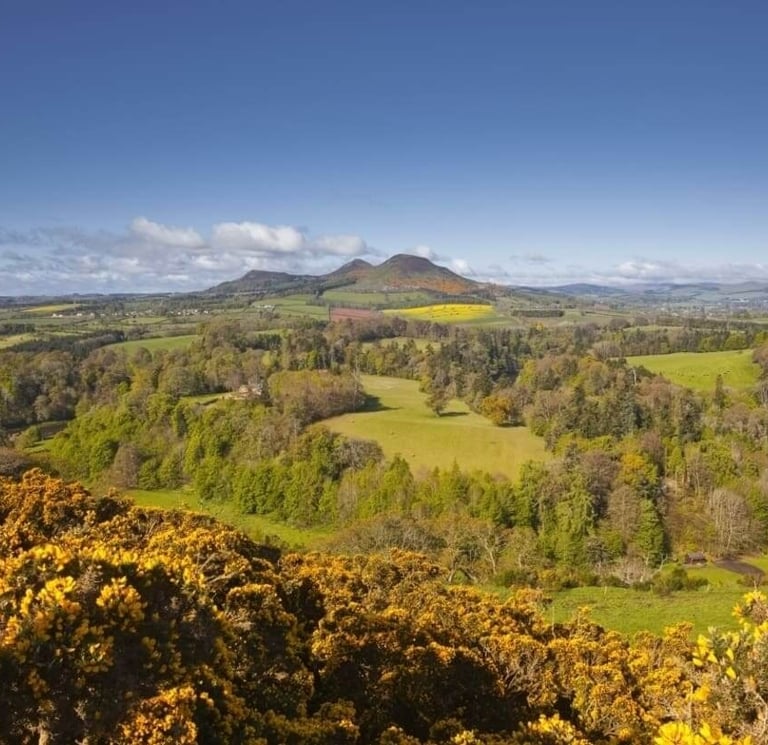




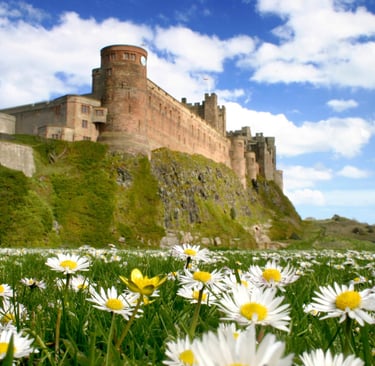
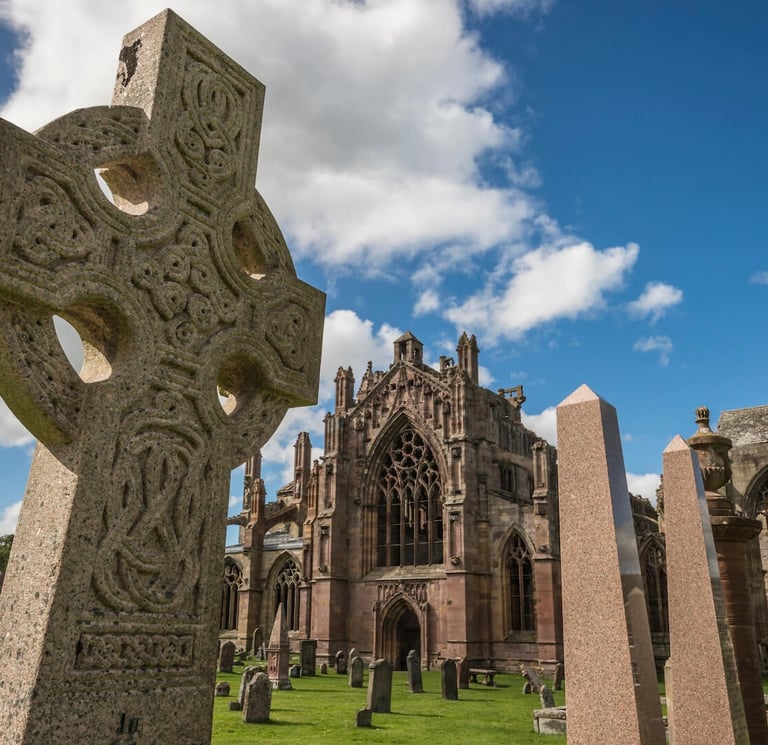

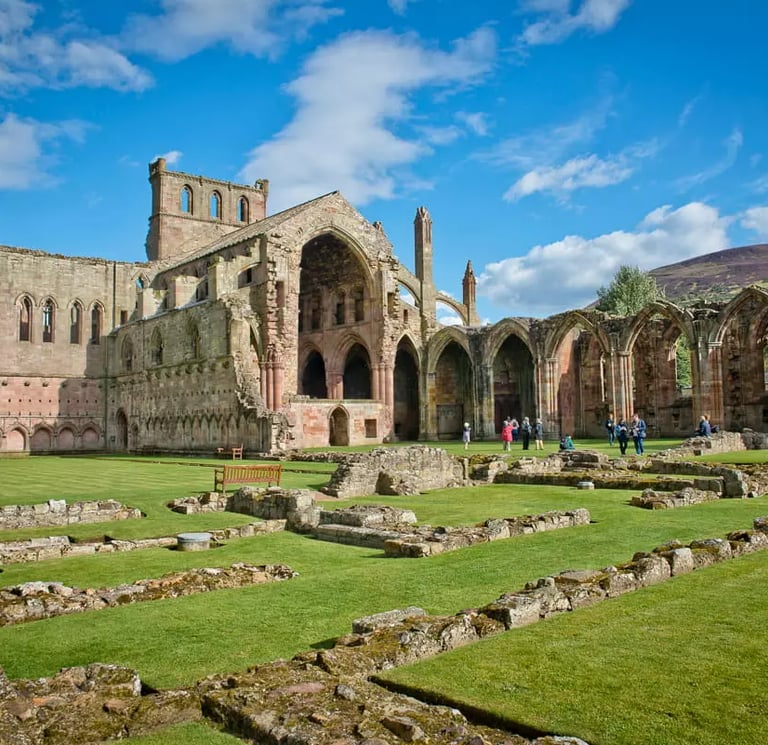

Ancient Apostolic Catholic Church
Embracing faith, inclusion, and compassionate service together.
ST THOMAS AQUINAS SEMINARY
© 2025. All rights reserved
QUICK LINKS
